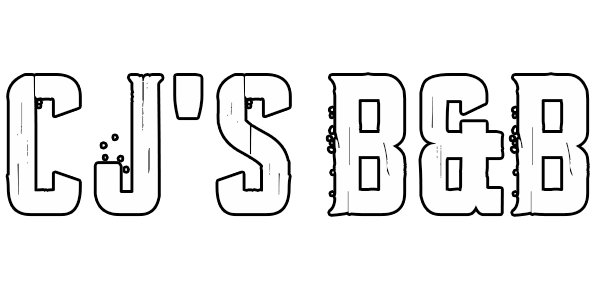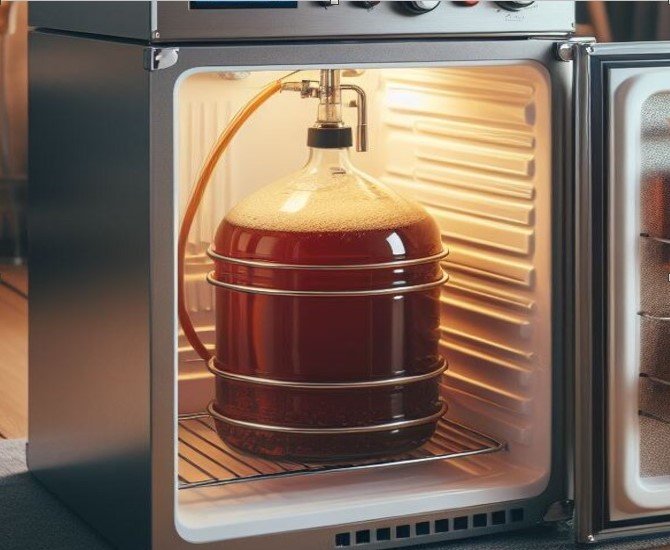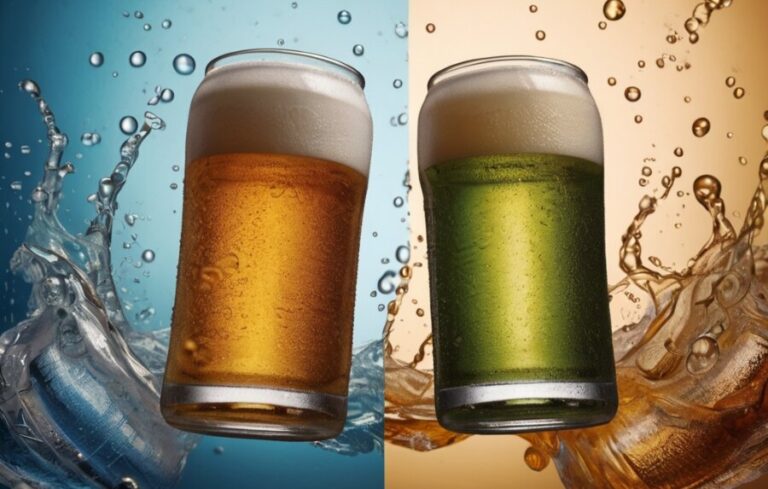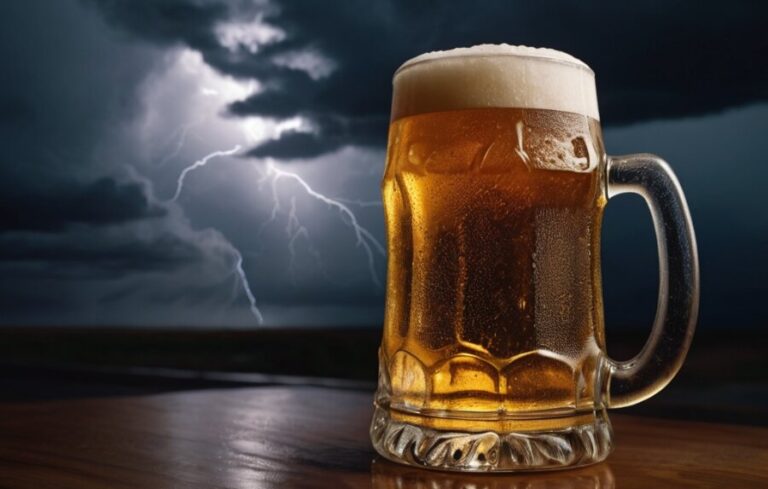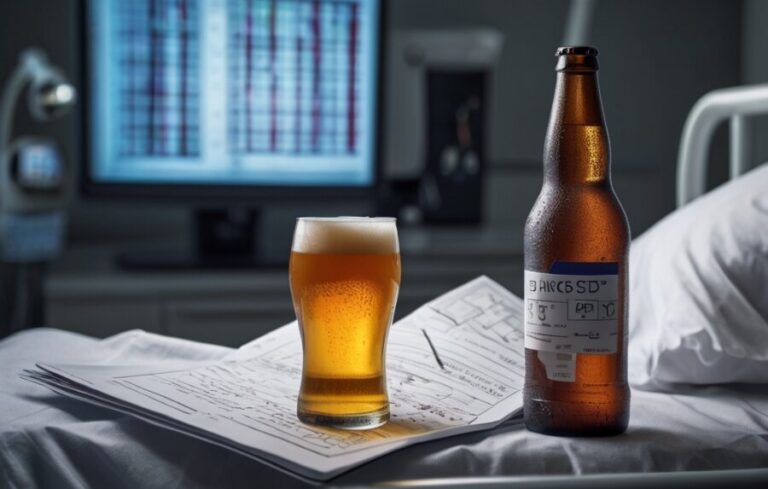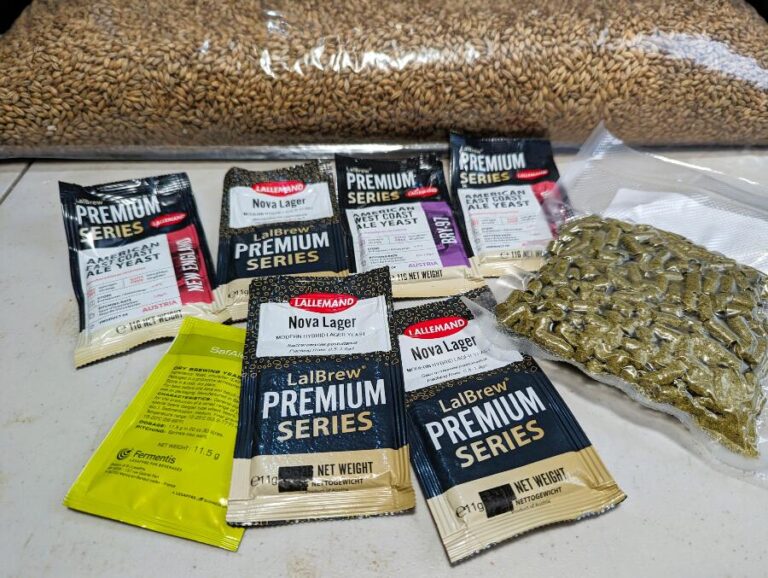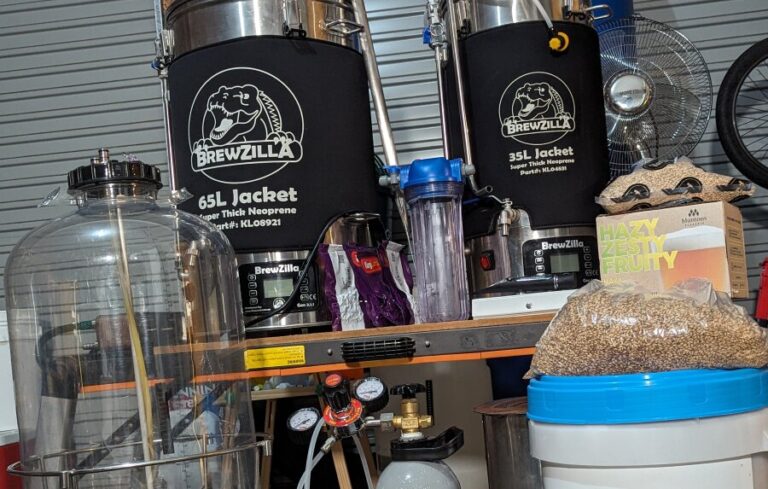Our evaluations and product assessments are conducted using a thorough and unbiased approach. Should you choose to buy any items through our provided links, we might receive a commission Read our disclosures.
Home Brewing Beer Fermentation is an interesting chemical process that transforms humble ingredients into the golden liquid we know as beer. At the heart of this magical transformation lies fermentation. In this article, we’ll delve into the science, stages, and nuances of home brew fermentation.
How Does Home Brewing Beer Fermentation Work?
Primary Fermentation
The first phase is primary fermentation, where the yeast gets to work. After brewing day, when you’ve prepared the wort (the liquid resulting from boiling water, grains, and hops), it’s cooled and transferred to a fermenter. Here, the yeast is “pitched” into the wort. Within 24 to 48 hours, the yeast begins its feast on the sugars, kickstarting the conversion of wort into beer.
Secondary Fermentation
Secondary fermentation isn’t always necessary, especially for lower gravity beers. However, higher gravity brews (like IPAs) can benefit from this “conditioning” phase. If you’re making a fruit beer, now’s the time to add the fruity goodness. Personally, I opt for secondary fermentation to separate the beer from the yeast cake and sediment at the bottom. This minimizes off-flavours and gives the beer extra time to clarify. If you choose this path, add about another week to your brewing timeline.
Conditioning & Carbonation
Finally, we arrive at the conditioning and carbonation stage. Whether in bottles or kegs, your beer continues to evolve. Patience pays off as flavours meld, and carbonation levels reach perfection. Remember, nature dictates the pace—there’s no rushing the magic of fermentation.

What Happens During Home Brewing Beer Fermentation
- Yeast Activity: Bubbles escape from the airlock, signalling yeast activity.
- Sediment Formation: Swirling particles inside the beer indicate yeast and trub settling.
- Krausen: A foamy yeast cake forms on top of the beer.
- Trub: Sediment collects at the bottom of the fermenting vessel.
How Long Does Fermentation Take?
Typically, it can take between one to six weeks to brew beer. The bulk of the action occurs on day one (wort preparation). Allow one to two weeks for fermentation, followed by additional conditioning time. The exact duration depends on the beer style you’re brewing.
Ale vs. Lager Fermentation
Within the brewing world, two titans Ale and lager, battle it out for supremacy. Let’s pull back the curtain and explore their distinct fermentation processes, flavour profiles, and the science behind it all.
Ale Fermentation:
- Top-Fermenting: Ales are the rebels. They ferment at warmer temperatures around 59°F to 75°F (15°C to 24°C). Imagine yeast cells throwing a beach party, sipping fruity cocktails, and jamming to reggae. These warmer temps create complex flavours, fruity, spicy, and sometimes are downright funky. Belgian ales? They’re like the eccentric artists of the beer world.
- Speed Demons: Ales finish their gig faster. Primary fermentation wraps up in a week or two. They’re the punk rockers, loud, intense, and ready to hit the stage.
Lager Fermentation:
- Bottom-Fermenting: Lagers are the suave diplomats. They prefer cooler temperatures around 45°F to 55°F (7°C to 13°C). Picture yeast cells in tuxedos, sipping martinis by the fireplace. Their slow dance produces clean, crisp beers. Pilsners and Märzens fall into this category, refreshing and refined.
- Patience, Grasshopper: Lagers take their sweet time. Primary fermentation stretches out, sometimes for weeks. They’re the Zen masters, calm, balanced, and in no rush.
Common Home Brewing Beer Fermentation Mistakes
- Temperature Extremes: Yeast is a finicky creature. Too hot, and it gets stressed; too cold, and it goes into hibernation. Maintain the right temperature range for your yeast strain during fermentation. Lagers prefer cooler temps (around 45°F to 55°F), while ales like it warmer (60°F to 72°F).
- Under pitching or Overpitching Yeast: Think of yeast as your beer’s workforce. Too few employees (under pitching) lead to sluggish fermentation, while an army of yeast (overpitching) can produce off-flavours. Use a yeast calculator to determine the right pitch rate.
- Insufficient Aeration: Yeast needs oxygen to thrive during the initial stages. Aerate your wort well before pitching the yeast. Shake that fermenter like you’re dancing at a beer festival!
- Ignoring Hygiene: Cleanliness is next to beerliness (or something like that). Sanitize everything that touches your beer post-boil—fermenters, airlocks, spoons, and even your cat if it’s curious.
- Rushing Primary Fermentation: Patience, young brewer! Let primary fermentation run its course. Don’t rush to secondary fermentation unless you’re adding fruit or other flavourings. Give yeast time to clean up after themselves.
- Not Controlling Light Exposure: Beer is like a vampire—it hates sunlight. UV rays can skunk your brew. Store your fermenter in a dark, cool place. If you must peek, wear sunglasses (kidding).
- Ignoring Gravity Readings: Use a hydrometer or refractometer to measure specific gravity. It’s like checking your beer’s pulse. Monitor the drop in gravity to know when fermentation is complete.
- Dry Hopping Too Early: Dry hopping adds aroma and flavour. But if you do it during active fermentation, the yeast might scrub away those lovely hop oils. Wait until primary fermentation is done.
- Bottling Too Soon: Premature bottling can lead to bottle bombs (not the fun kind). Ensure fermentation is complete, and your beer has settled before bottling. Nobody wants a geyser when they crack open a cold one.
- Skipping Temperature Control During Conditioning: Even after primary fermentation, temperature matters. Maintain a consistent temperature during bottle conditioning or keg carbonation. Your beer will thank you.
Home Brewing Beer Fermentation References
- The Science Behind Fermentation: Beer’s Magical Transformation – by Brew and Beyond.
- The 3 Stages of Fermentation, and How Does it Work? – by At Home Brewer.
- How long do you brew beer? (Beer fermentation time chart) – by Home Brew Journals.

